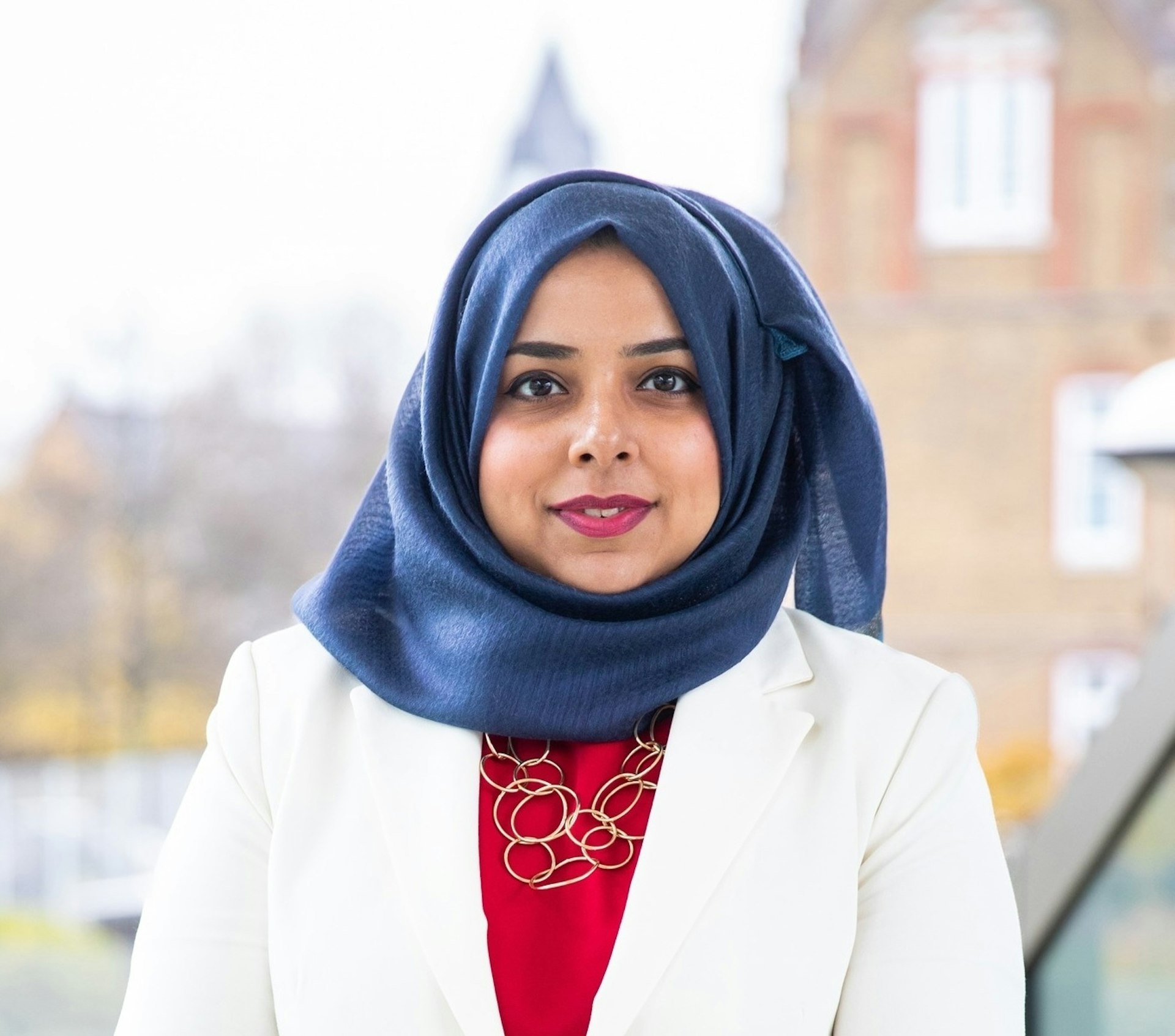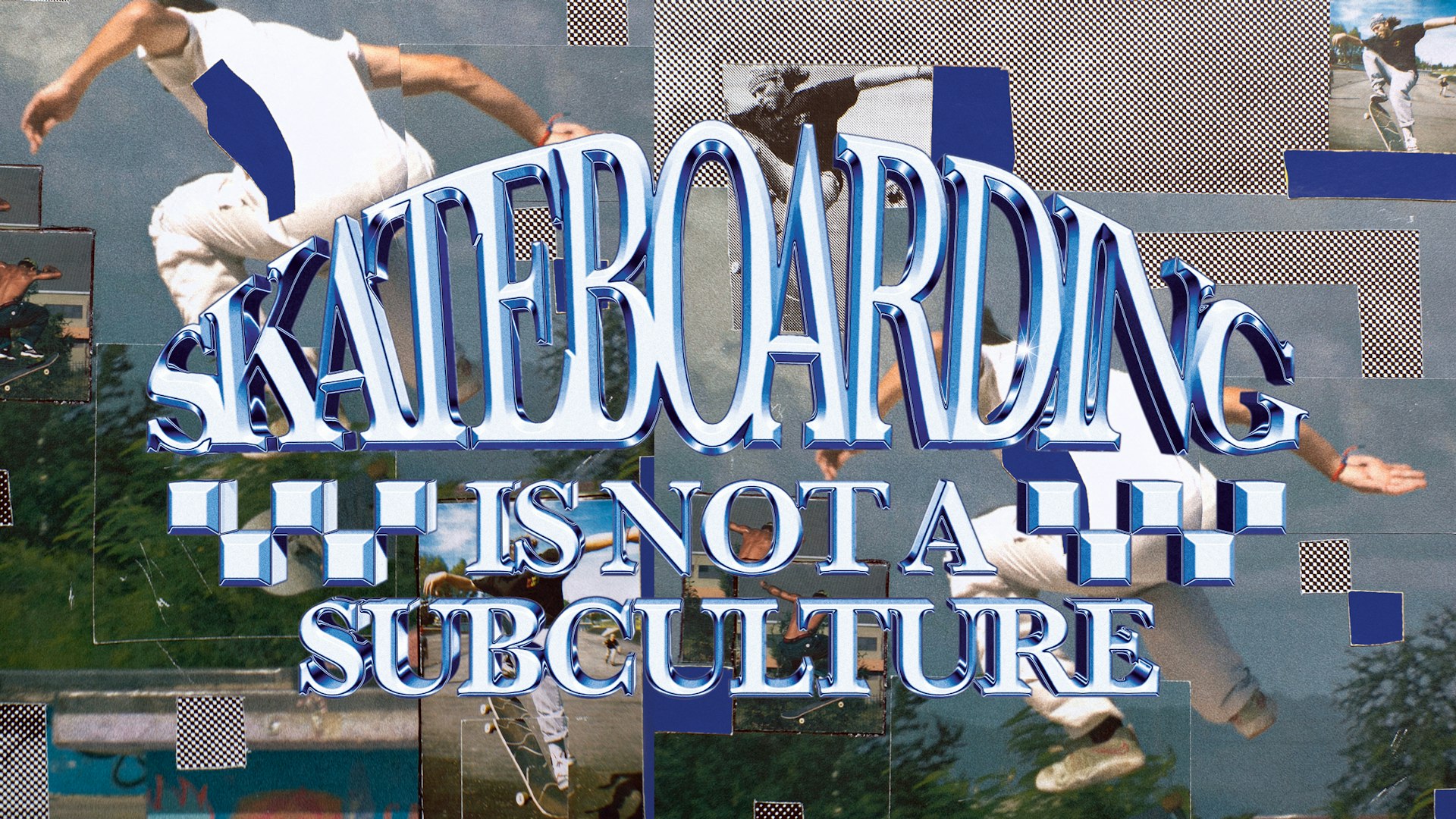In photos: the gay rights movement of the ‘80s and ‘90s
- Text by Isaac Muk
- Photography by Sunil Gupta

In 1976, 23-year-old Sunil Gupta moved to New York City, after studying in Montreal, Canada, and growing up in New Delhi. As a young, openly gay man he found a thriving community around his apartment in Chelsea, on Manhattan’s West Side. Without a hint of fear of homophobia, people would be “promenading” around the area’s streets in their finest outfits, solely for the purpose of picking up a partner. It was an openness that he hadn’t seen anywhere else.
“It was after Stonewall and everybody was out,” Gupta recalls. “Christopher Street in the West Village was like the epicentre and people were flooding in from all over the country. It was before AIDS, so really it was a case of too many men and not enough time.”
Two years later, when he moved to London in pursuit of a career in photography, he found a very different city. There was no Christopher Street equivalent, and while same-sex activity had been officially decriminalised after the Sexual Offences Act 1967, homophobic attitudes persisted with gay men finding themselves targeted by the authorities.
“People were kind of in hiding, [they] weren’t trying to give off too many signifiers in a public space,” Gupta says. “Even in gay pubs at the time, people were very reticent to approach anyone because the police here were very actively arresting gay men on charges of ‘importuning’ – it’s like prostitution, so approaching somebody was criminalised in a way.
“There would be decoy cops lurking, looking pretty,” he continues. “So if you approached one of them they would arrest you, so the consequences were pretty intense, and the consequences were there was very little visibility publicly.”


It was in that context, that a growing LGBTQ+ rights activist movement was started. The London Gay Liberation Front (GLF) was founded in 1970, and small-scale protests sprung up demanding equal rights with straight folks. Gupta soon joined the marches himself, which often began around Oxford Street and ending at Senate House – where the main building of the University of London is located. As they grew in numbers and visibility, they incorporated other LGBTQ+ rights groups including lesbian contingents.
Now, his shots of gay rights protests, demonstrations, and early Pride marches from the late ‘80s and early ‘90s are published in his photobook Come Out. Shot in black-and-white, the pictures are an intimate window into London’s gay community through the lens of protest. Filled with warm, joyful portraits, they present an unconventional view of protest photography.
“I joined a local, left-leaning London-based photo agency that supplied the media with images,” Gupta explains. “We discussed a lot about how if you just go out and take pictures of demos and put it into the news media, there’s no stopping them from ending up in The Sun. So, I thought one thing that I wanted to do was differentiate my pictures – they were going to be from the point of view as a gay person inside the demo, not as a professional media person on the outside looking in.”

On top of issues affecting Britain’s LGBTQ+ population, such as Clause 27 (which would later become Section 28) that banned any material ‘promoting’ homosexuality, the book also features shots from demonstrations protesting other issues of the day – from anti-nuclear marches to solidarity with the miners strikes. With LGBTQ+ rights factions turning out at these protests, it was all seen as part of an interconnected struggle.
“It was the era of Margaret Thatcher – a lot of strikes and demonstrations,” Gupta reflects. “So we would go under a kind of LGBT+ banner and you’d see the same people on the demos and at night in the local pubs and nightclubs – it became a community. Without knowing literally everybody there was a familiarity in the faces and that was kind of comforting – it was like a tribal thing.”
Come Out by Sunil Gupta is published by Stanley / Barker
Follow Isaac on Twitter.
Enjoyed this article? Like Huck on Facebook or follow us on Twitter.
Support stories like this by becoming a member of Club Huck.
Latest on Huck

“I refuse to accept child poverty is a normal part of our society”: Apsana Begum MP on voting to scrap the cap
After seeking to “enhance” the King’s Speech by voting for the scrapping of the controversial two child benefit cap, the MP for Poplar and Limehouse lost the Labour Whip.
Written by: Apsana Begum

Is skateboarding really a subculture anymore?
With skate’s inclusion in the Olympics, Kyle Beachy asks what it means for the culture around the sport, and whether it’s possible to institutionalise an artform.
Written by: Kyle Beachy

Autism cannot be cured — stop trying
A questionable study into the ‘reversal’ of autism does nothing but reinforce damaging stereotypes and harm, argues autistic author Jodie Hare.
Written by: Jodie Hare

Bristol Photo Festival returns for second edition
After the success of it’s inaugural run, the festival returns this autumn with exhibitions, education and community programmes exploring a world in constant motion through still image.
Written by: Ben Smoke

Documenting the life of a New York gang leader paralysed by gun violence
New photobook ‘Say Less’ is a complex yet humanising look into a life wrecked by gun violence and organised crime.
Written by: Isaac Muk

The woman who defined 80s Hip Hop photography
A new exhibition brings together Janette Beckman’s visionary and boundary pushing images of an era of cultural change and moral panic.
Written by: Miss Rosen




